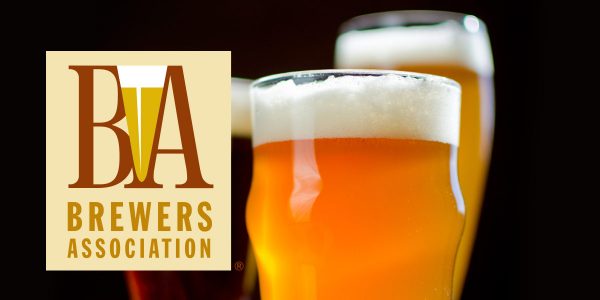
Beer Style Guidelines
Since 1979, the Brewers Association has provided beer style guidelines as a reference for brewers and beer competition organizers.Read More
You are using an outdated browser not supported by The Brewers Association.
Please consider upgrading!
The Brewers Association recognizes hundreds of different beer styles from the most traditional to the most innovative. The resources in this section are all about beer styles, including their history and brewing traditions, best practices techniques, ingredients, and sensory experience.

Since 1979, the Brewers Association has provided beer style guidelines as a reference for brewers and beer competition organizers.Read More
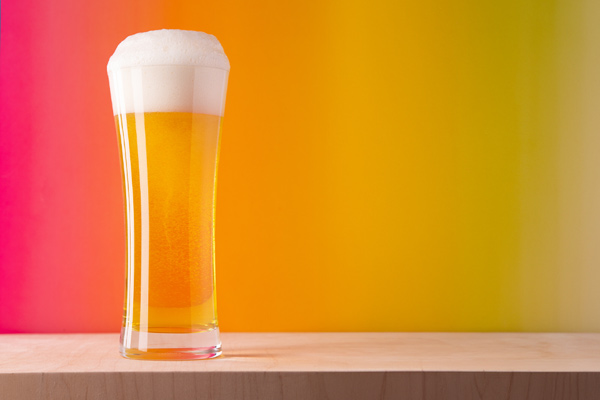
In this excerpt from Modern Lager Beer, a new release from Brewers Publications, the authors discuss coming trends, ingredients, and processes in the world of lager brewing.
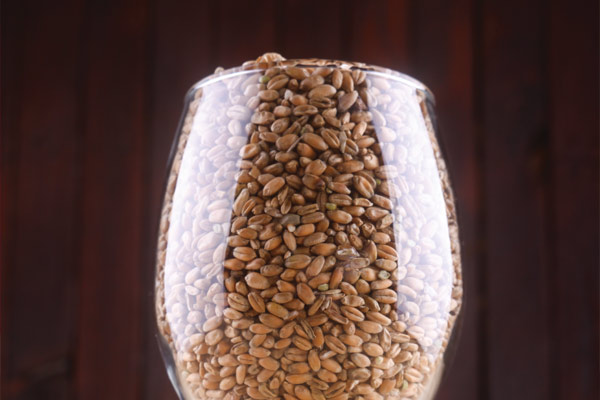
Traditional Piwo Grodziskie is a highly carbonated, light-bodied, oak-smoked session wheat ale, which in its homeland is considered “the pride of Polish brewing.”
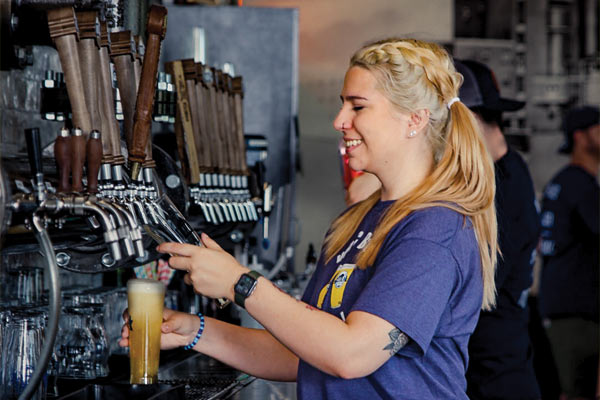
Craft brewers are treading on turf that used to belong to the big national brewers. It's not unusual to step into a taproom today and see several lighter lager styles on the menu.
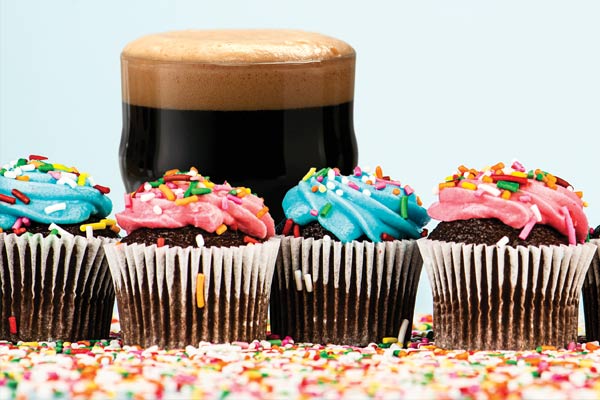
Pastry stouts, if unbalanced, can be cloyingly sweet; yet, if they are done with finesse and creativity, they can be sublimely delicious.
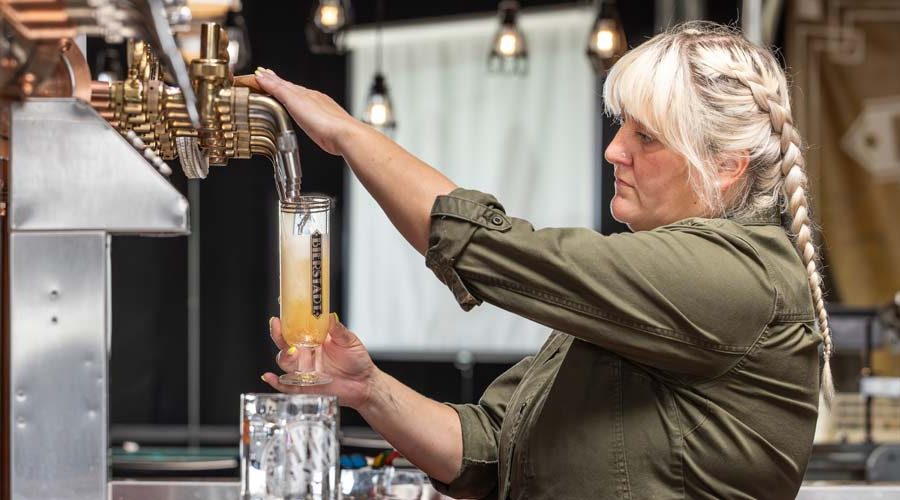
The trick to making lager is that there are no tricks. There are only techniques rooted in tradition and history, record keeping, and attempts at repeatability.
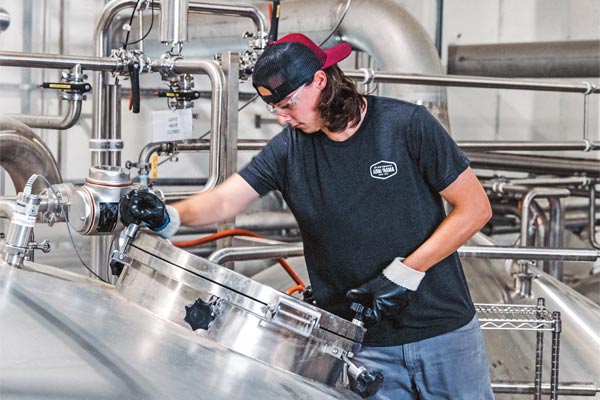
Brewing non-alcohol beer is fundamentally different from producing traditional beers that typically contain inherent barriers to ensure consumer safety and shelf stability.

Yeast suppliers have started to provide a microbial avenue for creating non-alcoholic beer by offering nonstandard yeasts that have limited ability to digest crucial malt sugars.
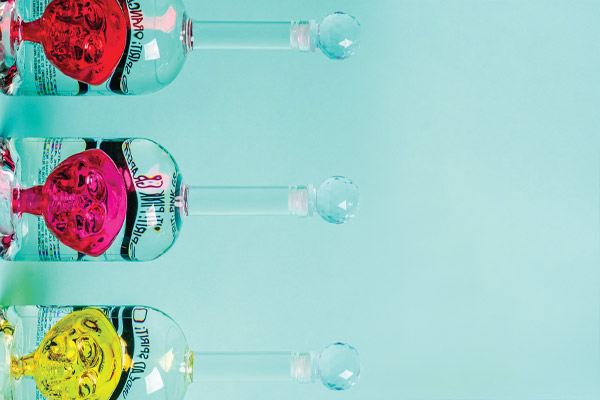
Brewers across the country are embracing an ever-broadening portfolio, going beyond beer into mocktails, cocktails, kombucha, THC products, hop teas, and other offerings.
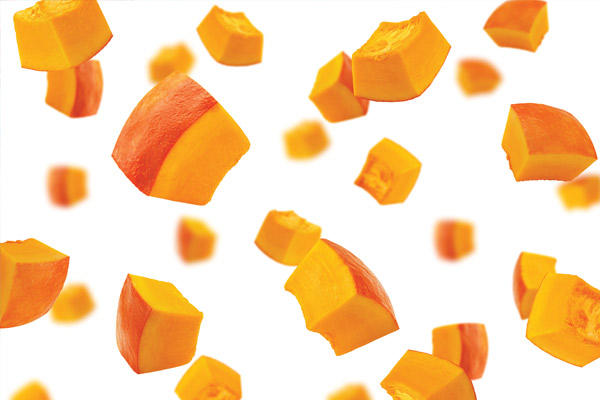
Pumpkin beers can often still be found in tasting rooms, brewpubs, and liquor stores well into the new year, endeavoring to stretch the Halloween and Thanksgiving seasons.
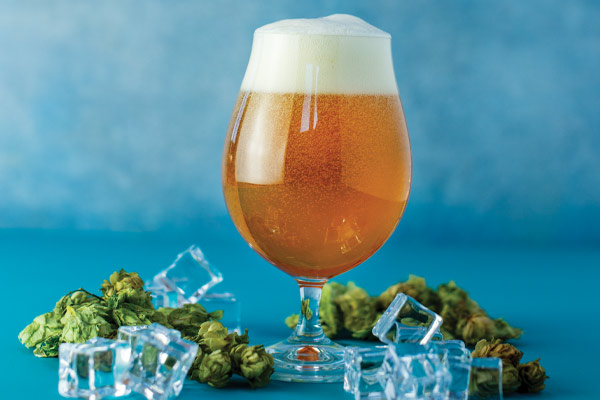
It"s rare that one can trace a beer style to a single place and time, much less to a single person. In the case of Cold IPA, however, we can do just that.